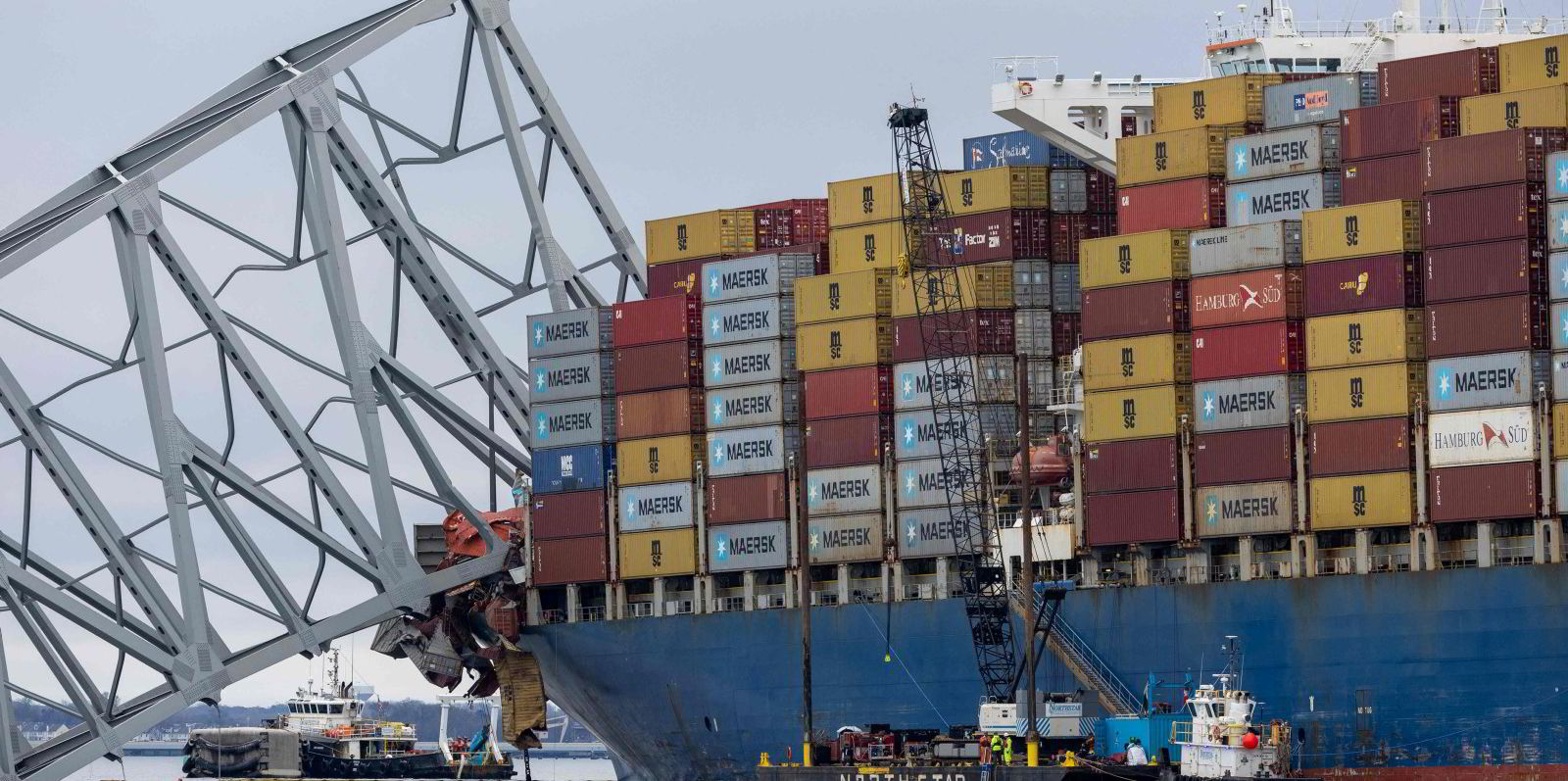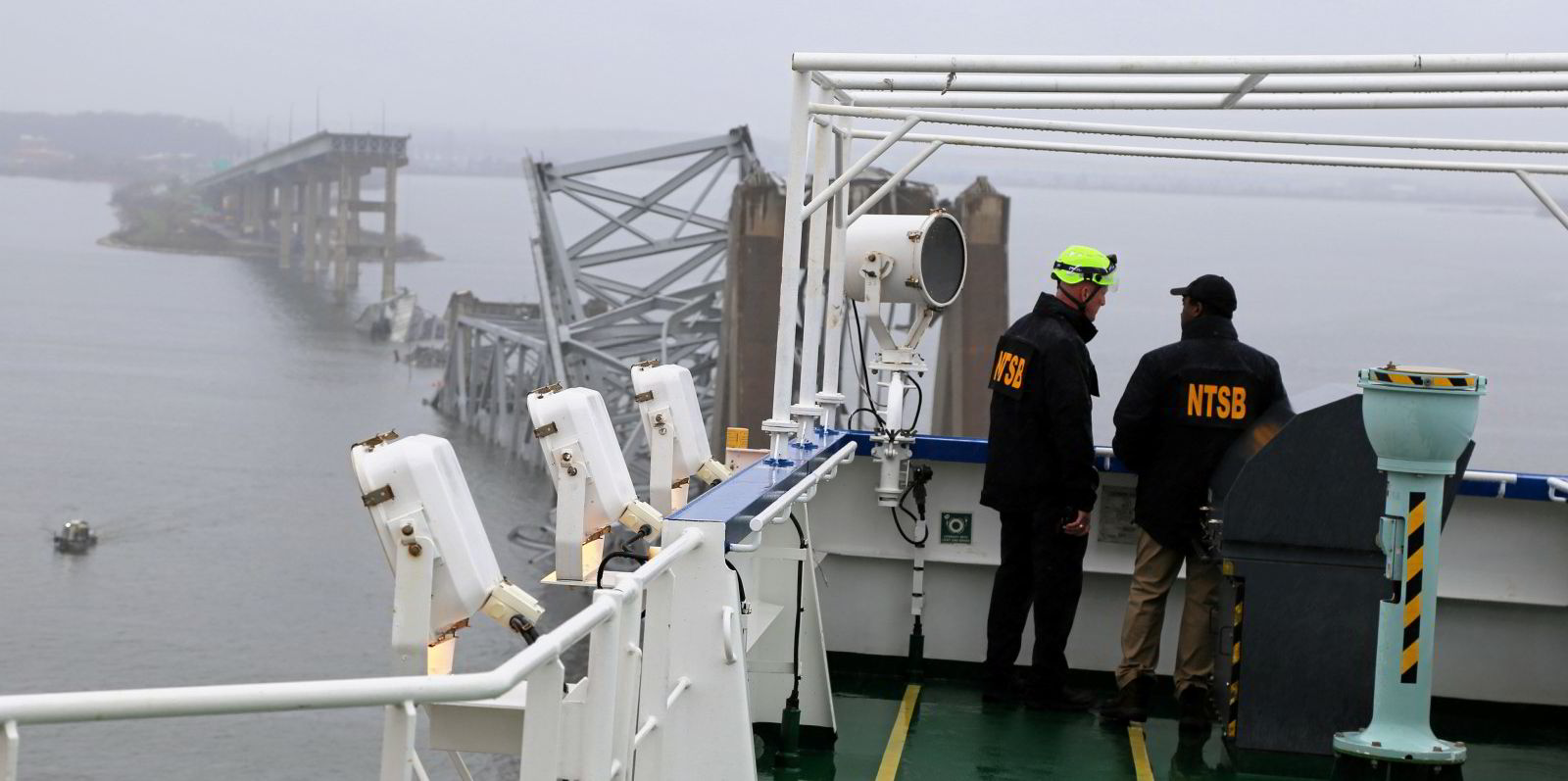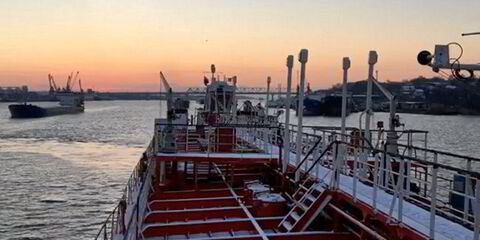My legal life has been framed by maritime disasters having represented shipowners, insurers, sovereign countries and even individuals over a 50-plus-year career as a maritime casualty lawyer. I have been involved in over 125 major casualties.
I believe in this long career, my primary focus has been on making the maritime aspects of world commerce safer for everyone involved.
My long and hard-fought battles with classification societies underscore my belief that the shipowning community must be constantly vigilant to make sure safety is always the first priority for not only men and women that form the crews of these modern ships but also the environment these now-massive vessels traverse.
Building bigger is not always better as we know from many aspects of modern life, but as long as safety is built into these bigger — some say gigantic — vessels, the global economy will demand it.
My personal view is the maritime community, which has largely “policed” itself, has done a good job in promoting and advancing safety not only for itself as a community but also on a global scale.
As we all know, more than 90% of the world’s goods move safely every day almost without notice around the globe.
Every now and then something goes very wrong, as in the case of the Francis Scott Key Bridge disaster, and the global press springs into reporting the results in the most graphic and dramatic means possible.
I’m willing to bet every large news organisation in the world headlined the Key Bridge accident hours after it occurred, raising once again the spectre of not only maritime safety but also financial responsibility for what will be a substantial economic loss for not only the Maryland regional community but to a much lesser extent the US and global markets.

So that being said, I come to the question of who should be held financially liable for the loss of life and economic damages.
This brings me to TradeWinds’ query: Should the arcane 1851 Limitation of Liability Act be amended, revised or simply abandoned?
My strong belief is it should not be.
Why, you may ask. The short answer: because it works as it has done for almost 175 years.
The limitation act has been interpreted and judicially adapted over its long history.
The limitation proceeding, once commenced, allows all the willing and unwilling participants in the casualty to be centralised in a single judicial forum.
The limitation proceedings allow for a wide scope of discovery on all aspects of the casualty, such as factors of causation — for example, in the Key Bridge disaster, what caused the multiple ship power failures, should the port authority have required tugs to accompany the vessel to “stand by” to some point beyond the bridge, should the bridge structure been safeguarded with some form of barrier, as these vessels became larger and larger over the decades since the bridge was built.
Personally, I have been involved in dozens upon dozens of limitation proceedings all over the globe and the one thing I have learned is that a major disaster like the Key Bridge never is the result of a sole act of negligence or failure of equipment but a combination of facts, failures and circumstances.
The old and arcane 1851 limitation act proceeding will again serve, in my opinion, its purpose when all is said and done.
It will sort out and place liability where it should be among all the participants in a fair and just way.
So my conclusion is, much as it has been for the last 50 years, leave the Limitation of Liability Act of 1851 alone, as it will in its own way properly apportion responsibility and economic damages, as it has done for almost 175 years.
Brian Starer is a partner at Squire Patton Boggs with more than 50 years of experience as a maritime lawyer, primarily focusing on marine casualties.





